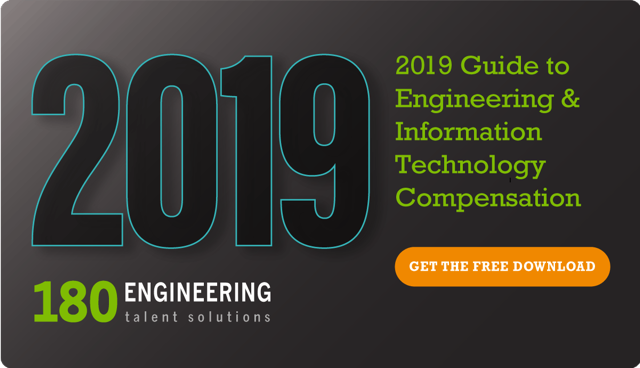To say that we are in a period of unprecedented and unpredictable change is an understatement. As change swirls around us, how should we respond?
Taking a step back and looking at the manufacturing, engineering, and information technology (IT) landscapes, it might be helpful to categorize change into macroeconomic and long-term trend changes. Usually, we can’t control macroeconomic changes and can only prepare ourselves as best as possible. For instance, research conducted by IHS Markit at the end of 2018 revealed signs of slowing growth in customer demand. In addition, more than two-thirds of manufacturers in their study reported higher costs due to recently enacted tariffs. However, despite some glimmers of weakness in the US economy and a slight decline in global growth, the fundamentals of the nation’s economy and that of manufacturing look solid for 2019.
Although most of us cannot control these macroeconomic fluctuations, there are longer-term changes that will continue to impact engineering, manufacturing, and IT professionals as well as the organizations that employ them. Arguably, we should all work on an ongoing basis to ready ourselves and our organizations for these changes.
The aforementioned IHS Markit report warns of manufacturing capacity constraints due to “widespread difficulties finding suitable staff.” Matching the needs of the market with available talent continues to be an ongoing concern for both individual professionals and hiring organizations. The latter needs to be able to acquire the needed talent to sustain and grow their companies. But, for several years now, all data has pointed to a decrease in the numbers of available engineering and IT talent. Are there too many individual professionals lacking needed skill sets for today’s and tomorrow’s demands?
Perhaps this question might best be explored by looking at some of the trends within the manufacturing, engineering, and IT sectors—digital transformation, the Industrial Internet of Things (IIoT), machine learning, artificial intelligence (AI), and cyber security.
Digital Transformation
It is well-known that digital transformation is the future for virtually every sector of the economy, most certainly including the manufacturing sector. Skilled professionals are required to integrate these technology tools within the overall operating structure of their organization to achieve target objectives. But, with technology skills being a scarce resource, manufacturers will need to establish strategies for obtaining and maintaining this talent. It is clear that a combination of hiring new talent and training current employees will be required.
Industrial Internet of Things (IIoT)
The continued development of the IIoT is directly tied to the digital transformation trend. What’s more, the IIoT should get a boost in 2019 as the 5G rollout picks up momentum in 2019. 5G will deliver significant improvements in download and data transmission speeds for remote devices. To leverage the tremendous value this connectivity offers, new thinking, skills, personnel, and training will be necessary.
Machine Learning and Artificial Intelligence (AI)
Digitalization of manufacturing and the IIoT produce enormous amounts of data. This data is useless, however, without the ability to analyze it and create actionable insights. This is where machine learning and AI come into play. Manufacturers are increasingly able to “teach” their machines and systems all kinds of things from proactive maintenance to reduction in scrap. AI is also revolutionizing many aspects of manufacturing from quality assurance to design. As promising as these technologies are, we need skilled professionals to direct these capabilities in strategic ways to accomplish operational and business objectives.
Cybersecurity
With digital connectedness come cybersecurity threats. Increased connectedness exposes organizations to cyber criminals. Organizations need talent skilled in helping them balance the need for security with the need for innovation.
What Does All of This Mean?
Although it is rarely clear how quickly trends will take hold of the market, the overarching trends of digital and technology sophistication are clear. Engineering and technology professionals must ensure that their skills remain current and continue to grow.
And, engineering hiring organizations must strategically assess their needs and plan for the required talent to avoid growth-crippling shortages of critical skill sets. Certainly part of talent acquisition and career planning is an understanding of current compensation levels within the field. 180 Engineering’s 2019 Guide to Midwest Engineering & Information Technology is designed to provide this insight. We invite you to download it and check it out.
